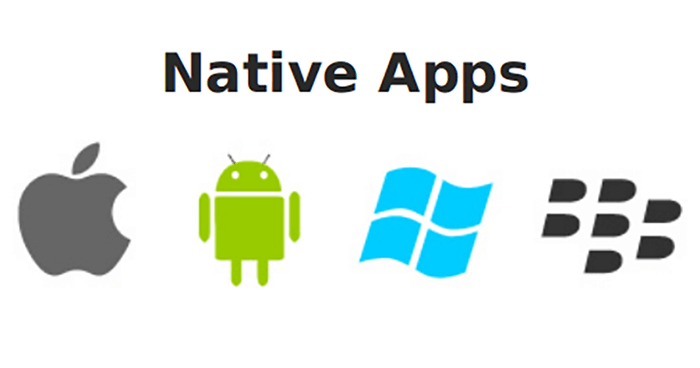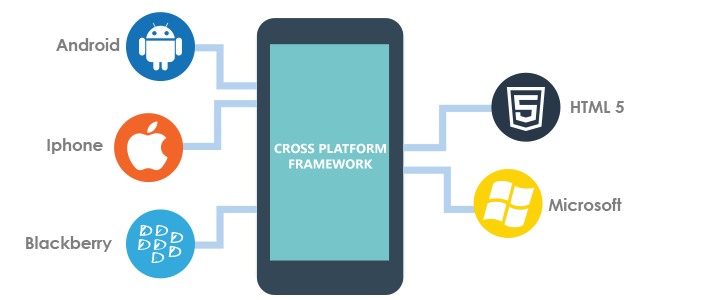Overview
This article explores the differences, benefits, and drawbacks of Hybrid Apps and Native Apps, helping users decide which option suits their needs.
Native Apps

A native application is developed only in one language and designed to be used on only one Operating System. The programming languages could be Objective C, Java, or Swift. Since the application is designed to run on a specific OS, it runs perfectly and fits entirely on that OS. These applications can access the built-in features of the device without putting much pressure on the hardware or software of the device.
Pros:
- Optimized performance for the target OS.
- Seamless integration with built-in device features.
Cons:
- Requires rewriting code for each additional platform.
- Time-consuming development process.
Hybrid Apps

Hybrid apps are cross-platform, meaning the same code written in one language can run on multiple platforms. These apps are usually written in HTML5, CSS, and JavaScript. They can also be used on the web. The primary downside is the need for JavaScript to access the built-in functionalities of the device.
Pros:
- Single codebase for multiple platforms.
- Cost-effective and time-saving.
Cons:
- Performance might be lower than native apps.
- Relies on JavaScript for accessing device features.
The Final Word
The battle of the native apps vs hybrid apps is similar to the fight of frontier vs spectrum in the world of ISPs. Both of the apps have some positive points on the other and some drawbacks that pull them down on the rating chart. However, the world has started to accept hybrid apps more than native apps now. The concept of native apps is vanishing with the arguments of the people in their favor. With the advantages hybrid apps have to offer, it is recommended that you should opt for hybrid apps in 2018.






